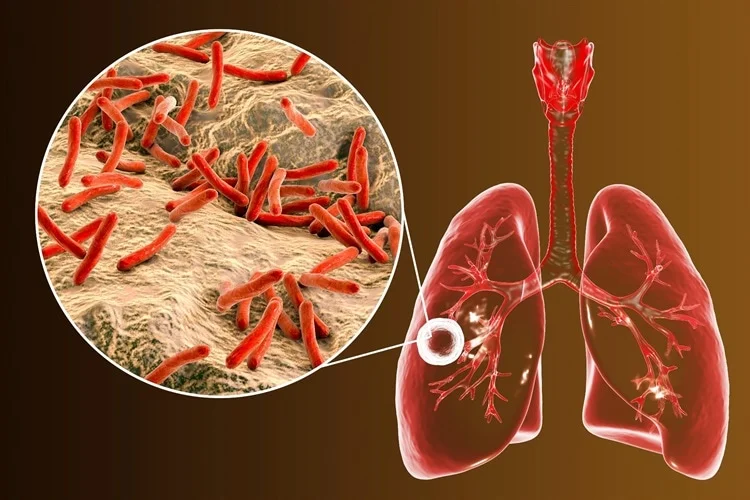Gizachew Taddesse Akalu 1,2*, Belay Tessema 3, Waganeh Sinshaw 4, Misikir Amare 4, Getu Diriba 4, Melak Getu 4, Betselot Zerihun 4, Beyene Petros 1
Author’s Affiliations 1. Department of Microbial, Cellular, and Molecular Biology, College of Natural and Computational Sciences, Addis Ababa University, Addis Ababa, Ethiopia. 2. Depatment of Microbiology, Immunology, and Parasitology; St. Paul’s Hospital Millennium Medical College, Addis Ababa, Ethiopia. 3. Department of Medical Microbiology, College of Medicine and Health Sciences, University of Gondar, Gondar, Ethiopia. 4. National Tuberculosis Reference Laboratory; Ethiopian Public Health Institute, Addis Ababa,
Background: Conventional wisdom wrongly holds that the microbiological of M. tuberculosis complex in clinical specimens via culture and phenotypic drug susceptibility testing allow people to be correctly diagnosed, necessary for early detection of drug resistance strains and ensure timely selection of effective treatment regimen. The aim of this study was to characterize first-and second-line anti-tuberculosis drug resistance profiles among new pulmonary tuberculosis cases in Addis Ababa metropolitan area, Ethiopia. Methods: A prospective cross-sectional study was conducted between October 2019 and June 2021 among bacteriologically confirmed new presumptive pulmonary tuberculosis cases. GeneXpert MTB/RIF Assay was utilized for initial testing and early detection of rifampicin resistance. Mycobacterial culture and drug susceptibility testing were performed against FOUR first-line and ELEVEN second-line anti-TB drugs using BD BACTEC™ MGIT™ 960 automated liquid culture system. Results: A total of 156 M. tuberculosis complex isolates were successfully recovered using BD BACTEC™ MGIT™ 960 automated liquid culture system and were subjected to drug susceptibility testing. Males account for 53.8 % (84/156). The median age of the study participants was 30.0 years. Of all the study participants, 58.3 % (91/156) were married, and 76.9% (120/156) were urban residents. Overall, we identified 14.1% (22/156) resistance to at least one anti-TB drug and 85.9% (134/156) pan-susceptible M. tuberculosis strains. Further, 7.1% (11/156) of isolates were monoresistant, 5.8% (9/156) of isolates were MDR-TB strains, and 3.8% (6/156) of isolates were resistant to all first-line anti-TB drug regimens. Interestingly, all isolates were susceptible to all recently recommended second-line anti-TB drugs, and none of these isolates were found to be pre-XDR or XDR-TB. The rate of RR-TB detected was 10.9% (17/156) and 5.8% (9/156) using GeneXpert MTB/RIF Assay and BD BACTECTM MGITTM 960 SIRE liquid culture system, respectively. The sensitivity, specificity, PPV, NPV, accuracy, and Kappa value were 100%, 94.6%, 52.9%, 100%, 94.9%, and 0.667, respectively. Conclusion: The rate of MDR-TB in new pulmonary TB cases remained high at fivefold the national and nearly twofold the global estimated rate. The rate of monoresistance against anti-TB drugs was also high. The absence of resistance against recommended second-line anti-TB drugs was quite encouraging. However, the high rate of resistance against Ethionamide would mean that its inclusion in the regimens may not have therapeutic benefit in this geographic area. Furthermore, the low specificity of GeneXpert MTB/RIF Assay might introduce a significant rate of (47.1%; 8/17) false rifampicin resistance leading the patient toerroneous MDR-TB category and placing on an unnecessary second-line anti-TB-treatment regimen. Enhanced efforts are required to progressively validate and harmonize rapid molecular diagnostics against reference methods to address the diagnosis challenges and improve patient outcomes.










